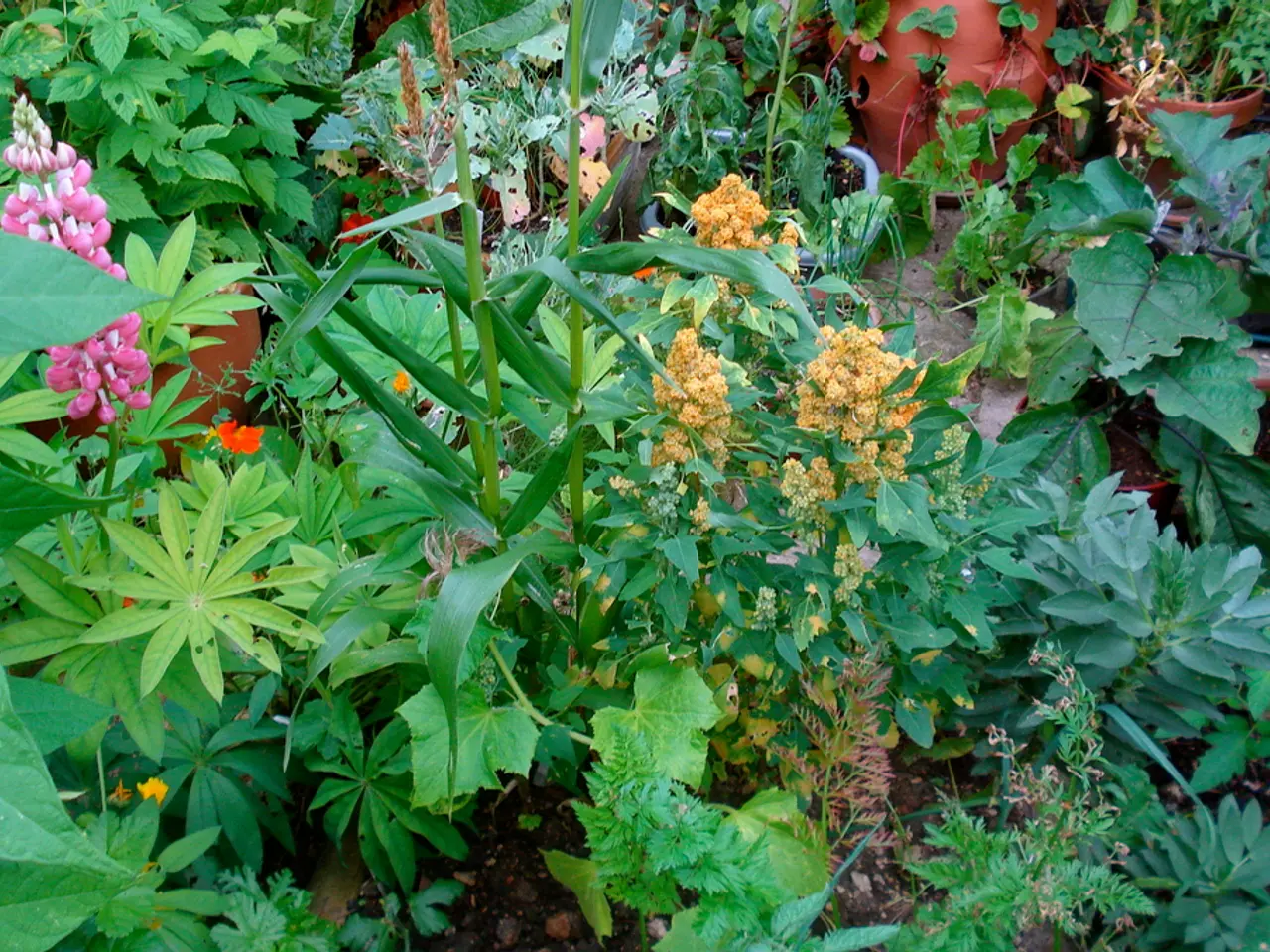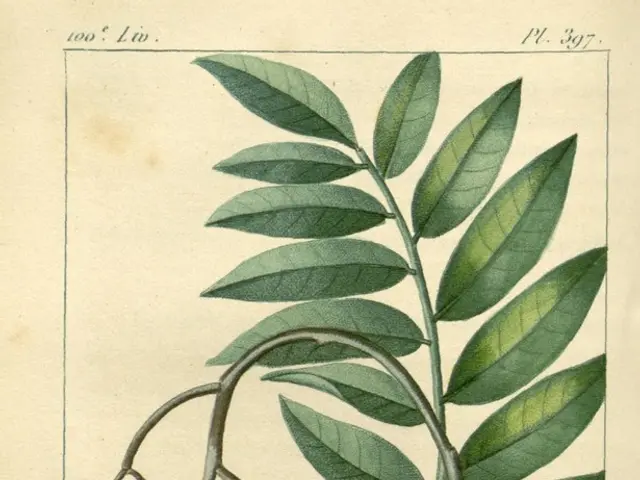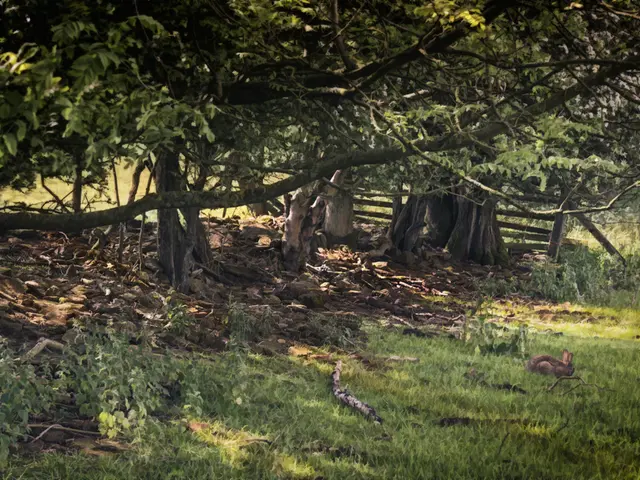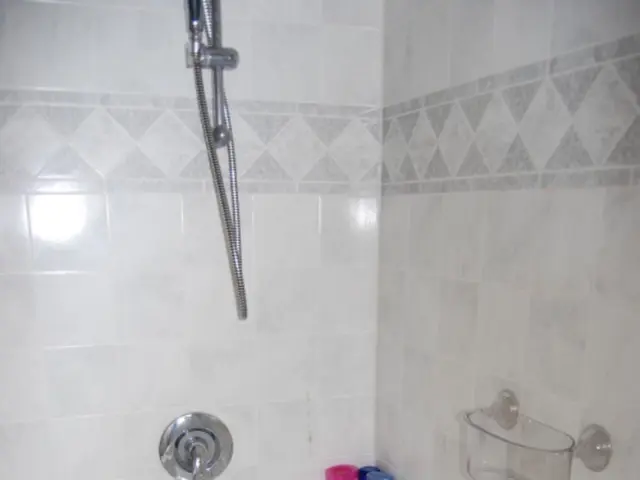Preparation Strategies for Autumn Gardening
Getting your fall garden up and running requires some careful planning, and it's never too early to start thinking about it—July is an excellent time! After a grueling summer of gardening, you might be ready for a break, but a fall garden is worth the effort.
Follow these simple steps to create a bountiful autumn harvest:
Step 1 - List Your Desired Crops
Make a list of cool-weather crops that you'd like to grow in your fall garden. Some top picks for your list include lettuce, spinach, Swiss chard, Asian greens like bok choy, Chinese cabbage, and mizuna, as well as beets, carrots, kale, snap peas, radicchio, collards, escarole, and garlic[1].
Step 2 - Research Varieties
Not all crops are created equal when it comes to fall gardening. Look for varieties that mature quickly and have cold tolerance appropriate for your climate and garden zone. Be mindful of the days to maturity mentioned on the seed packet, aiming for shorter days to maturity for crops to grow before weather conditions stunt their growth[2]. You'll also find cold-tolerant varieties in the names of some seeds. For instance, you'll see "winter density lettuce" and "red Russian kale."
For a regional focus, experiment with seed suppliers that serve your area, such as Southern Exposure Seed Exchange in the Southeastern US[3].
Step 3 - Identify Key Dates
Knowing a few crucial dates is essential for a successful fall garden. Your average first frost date will help determine when to plant more tender fall crops, while the Persephone Period is essential to avoid planting too late[4][5].
Aim to get your fall crops to maturity before the Persephone Period, a span of days in the fall and winter when daylight hours dip below 10 per day, causing plant growth to almost cease[5]. You can discover the sunrise and sunset times to determine the days of lower daylight on websites like sunandmoon.org or timeanddate.com.
Step 4 - Decide on Seed Starting or Direct Sowing
Some fall crops require seed starting indoors due to their longer maturation times. In general, cool-weather crops do not like warm soil. Seedlings may not germinate well, and if they do, they may not thrive in the late summer heat[6]. I recommend starting broccoli, cabbage, spinach, and maybe beet seeds indoors.
Other crops, such as lettuce, radishes, carrots, greens, and beets, can be directly sown into the garden as they grow faster and are less sensitive to late summer heat[6]. The secret to direct sowing in the fall is keeping the seeds moist for the two weeks it takes to germinate.
Step 5 - Write Your Planting Dates
Once you know what you want to plant and if any seeds need to be started indoors, plan your planting dates. Take the days to maturity on your seed packet, add 14 days because cooler temperatures slow growth, add days for seedlings indoors if needed, and count backwards from the Persephone Period start date to find your planting date.
Keep in mind that many factors affect a fall garden—growth rate, heat waves, droughts, and other factors may impact your gardening endeavor, so adapt planting dates accordingly[7].
Step 6 - Plan Your Planting Locations
For a successful fall harvest, strategically plan where to plant your fall crops. Consider using empty spaces vacated by summer crops like corn, potatoes, and bush beans, and planting lower-growing vegetable varieties like spinach, radishes, and carrots underneath the canopy of peppers or tomatoes until frost[8].
In conclusion, a successful fall garden requires selecting cool-weather crops, planting according to your local frost dates and garden zone, using seed starting and planting timing techniques, choosing suitable locations for your crops, and protecting them as needed. Give Gardenerdy's tips a try, and enjoy a productive autumn harvest!
[1] "What to Grow in a Fall Garden: Best Cool-Weather Vegetables." The Spruce Eats, https://www.thespruceeats.com/what-to-grow-in-a-fall-garden-4195940.
[2] "Planning Your Fall Garden." Motherearthnews, https://www.motherearthnews.com/organic-gardening/true-leaf-markets-supplements-zhar12khzfd.
[3] "Seed Companies for Southern Gardeners." Southern Garden Blog, https://southerngardeningblog.com/seed-companies-southern-gardeners/.
[4] "Fall Gardening 101." Empress of Dirt, https://empressofdirt.net/2015/10/09/fall-gardening-101/.
[5] "Fall Planting Dates." Central Ohio Vegetable Gardening, https://centralohiovegetablegardening.com/fall-planting-dates/.
[6] "Differences Between Direct Sowing and Starting Plants Indoors." Monterey Bay Seed Company, https://www.mseedco.com/learn/differences-between-direct-sowing-and-starting-plants-indoors.
[7] "Ups and Downs of Fall Gardening" Dirt Free Gardener, https://www.dirtfreegardener.com/ups-downs-fall-gardening/.
[8] "Growing Cool-Season Crops in the Fall." Northern Illinois University Extension, https://extension.illinois.edu/growing-crops-in-fall/
- To make the most of your fall garden and lifestyle, you can utilize garden printables to plan your autumn garden, such as a garden planner specifically designed for home-and-garden enthusiasts.
- With a carefully planned fall garden, you'll be reaping nutritious and delicious cool-weather crops like lettuce, beets, and kale all season long, elevating your home-and-garden experience.
- Take your gardening passion to the next level by experimenting with regional seeds like winter density lettuce and red Russian kale, sourced from seed suppliers that cater to your garden zone, for a more bountiful and unique harvest.








